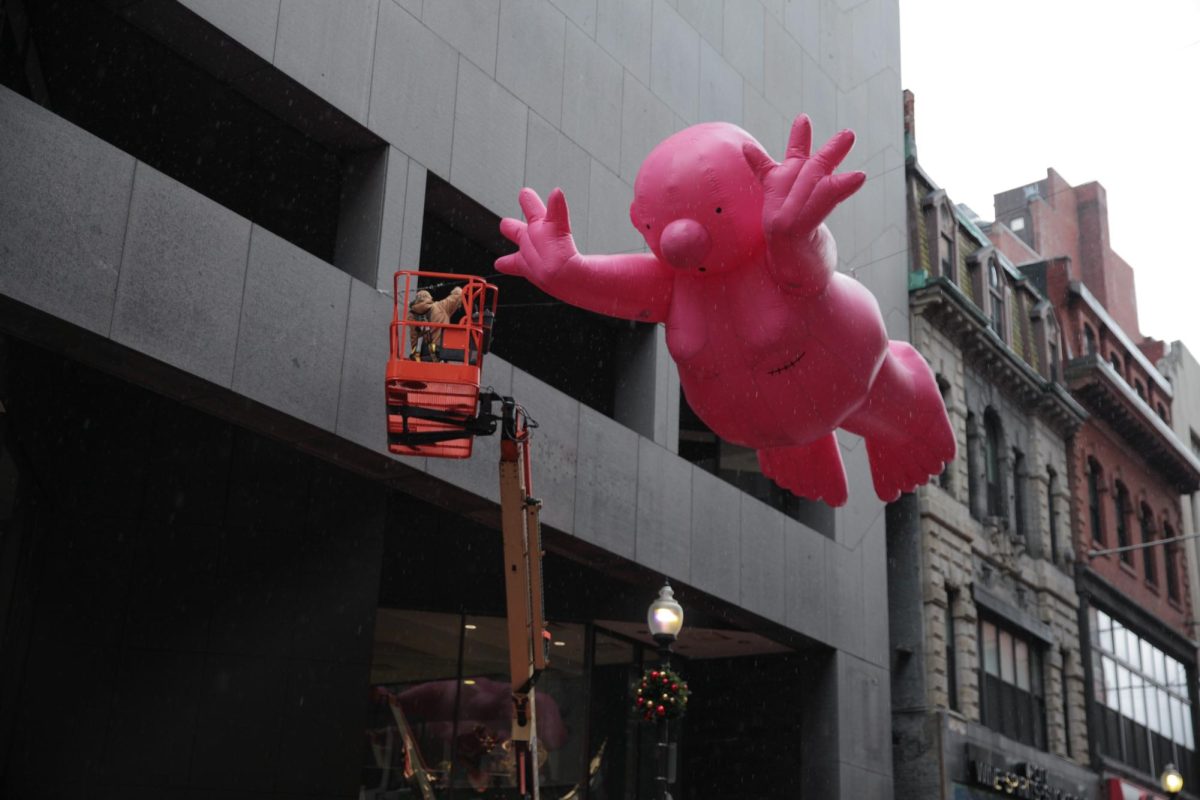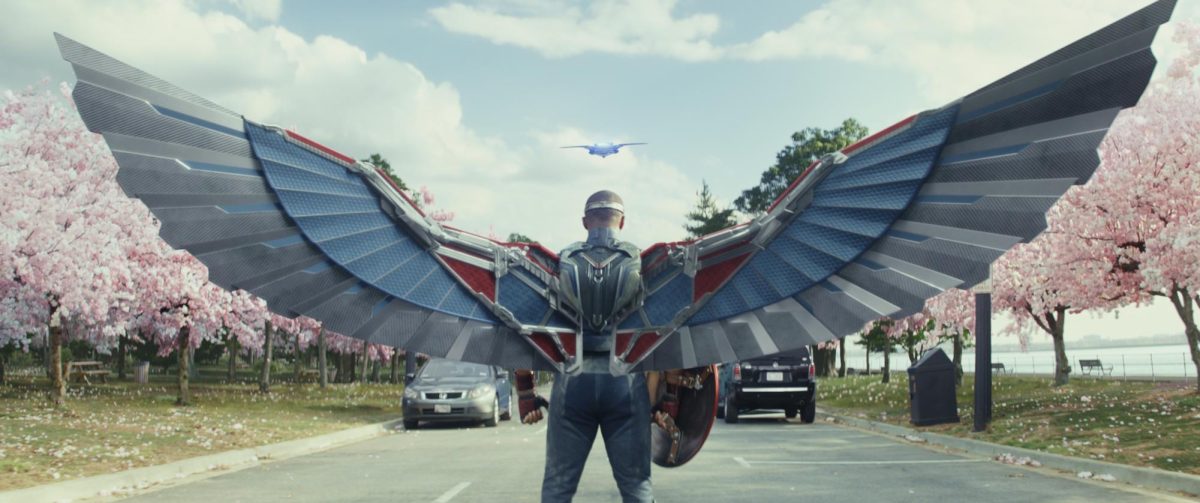
By Christie Perkins, News Correspondent
McDonald’s McCafe serves coffee in a porcelain cup and saucer. Guys greet each other with a kiss on the cheek, no homo … phobia, that is. The clubs stay open until sunrise, and when I got home at night I had to shower twice to get the smell of smoke out of my hair. New York may be The City That Never Sleeps, but Buenos Aires is The City That Sleeps Even Less. People walk their dogs at any hour of night and it’s normal to eat dinner as late as midnight.
Last spring semester, I studied abroad in Buenos Aires, Argentina, the second largest city in South America. The city is beautiful, with Italian, Spanish and French architectural influences. In the neighborhood I stayed in, La Boca, the houses are painted bright blue, pink, yellow and green hues. The people are mainly of European descent, especially Italian, which explains the coffee shop and gelatarias (It’s the best ice cream in the world – check one out in Boston’s North End if you never have) found nearly every block.
The summers are sunny and unbearably hot for those who aren’t used to the heat. The 90-degree air grows thick with humidity, yet most places, including apartments and schools, do not have air conditioning. The typical American tank top and shorts are considered skanky there; the majority of people wear long pants and closed-toed shoes unless they are at the beach. One Argentine girl asked me if it was true that in the US people sunbathed in the parks.
The university style is different than in the US. The classes are longer and the professors do what they want. They are not paid very much, and sometimes complain to their students about how low their salaries are. Some professors love American students and let them slide with minimal requirements. Others do not. My Argentine literature professor was notorious among exchange students for singling them out and accusing them of America’s faults, such as George Bush’s oil war and the scandalous idea of eating in class in American universities.
People have to wait in long lines for everything. At the post office, it takes 50 minutes to mail a letter. The grocery store should be avoided on Saturday mornings because the wait time is at least an hour in the check-out line.
However, at clothing stores, sales associates will offer help less than 10 seconds after entering a store. At first, it annoyed me to always have to tell people that I didn’t need help, but then realized how nice it was to have someone help me find exactly what I wanted. In fact, when I got back to the US, it seemed rude when I went to Urban Outfitters and no one asked me if I needed help.
There are entire streets in the city, including Santa Fe and La Florida, that are devoted to shoes, clothes and accessories. Leather is of the highest quality and much cheaper than in the US.
Once (pronounced “own-say,” the Spanish word for eleven) is the name of another shopping neighborhood full of extremely cheap clothes, toys and used electronics. If people get tired of walking the streets, there is also Unicenter, the biggest mall in South America and one of the only places in the city that does have air conditioning.
They say Buenos Aires is known for handsome men and beautiful girls, and the stereotype is true. There are many attractive people, and even though they eat steak almost every day, no one is fat.
There are so many things I miss from my trip, like the nightclubs, which are packed and often have outdoor terraces to dance on. The young crowd knows how to have a good time.
I also miss visiting historical sites such as Evita Perón’s house and La Casa Rosada (The Pink House), where Madonna sang “Don’t Cry for Me, Argentina” in the movie “Evita.”
There are also many wonderful places to visit outside the city, which I never made it to, but heard all about, such as Iguazú, a waterfall comparable to Niagara Falls that borders Brazil, the Andes Mountain Range and the Patagonia in southern Argentina, where you can see glaciers and penguins.
No matter what you decide to do in Argentina – whether it’s taking Tango classes, hiking a mountain or exploring the city – you’ll be sure to have an experience you’ll never forget.









